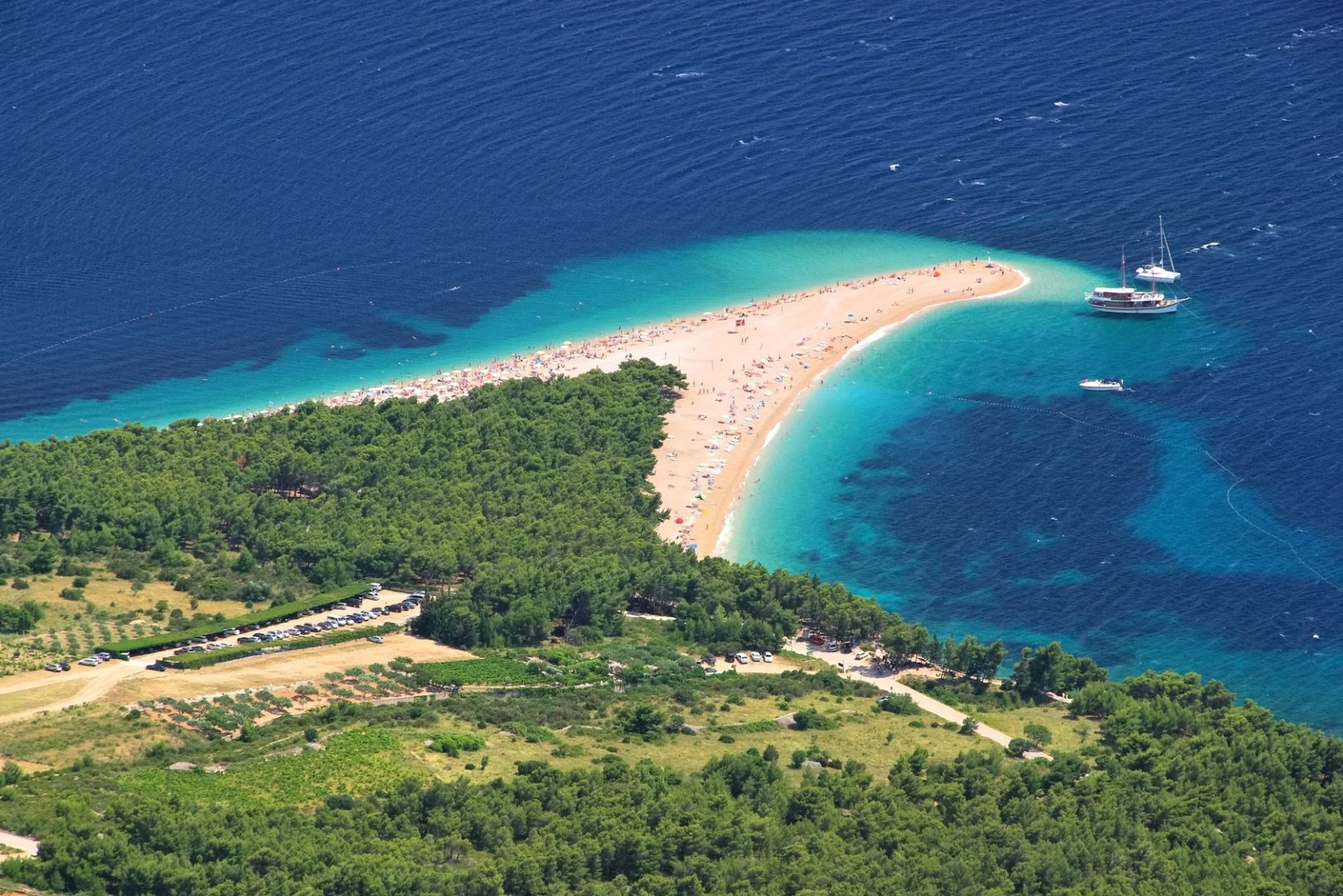Zadar
Zadar is a treasure trove of archaeological treasures and monuments to the ancient, medieval and Renaissance periods. This is visible by a number of sacral and architectural monuments – the church of sv. Donat [St. Donatus] where every summer the sounds of Zadar’s musical evenings echo, the Roman Forum near the main square, Kalelarga – the longest and widest street, the Cathedral of sv. Stošije [St. Anastasia], an Archaeological Museum with its exceptional treasures and many other monuments of cultural and historical heritage (town gate, Arsenal, churches, museums…).
In a city with the most beautiful sunset, in a maritime archipelago facing a multitude of islands and islets, which protect the city from the strong winds, enjoy the symphony of the Sea Organ and magical urban light installation Pozdrav suncu [Greeting the Sun] near the new harbor for cruise ships.
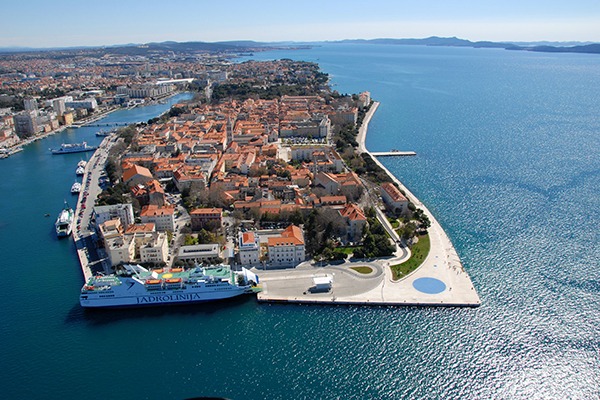
Zadar
Krka National Park
The main attraction of Krka National Park lies in its seven waterfalls. The widest of these is Roški slap, although Skradinski buk is the biggest and most well-known.
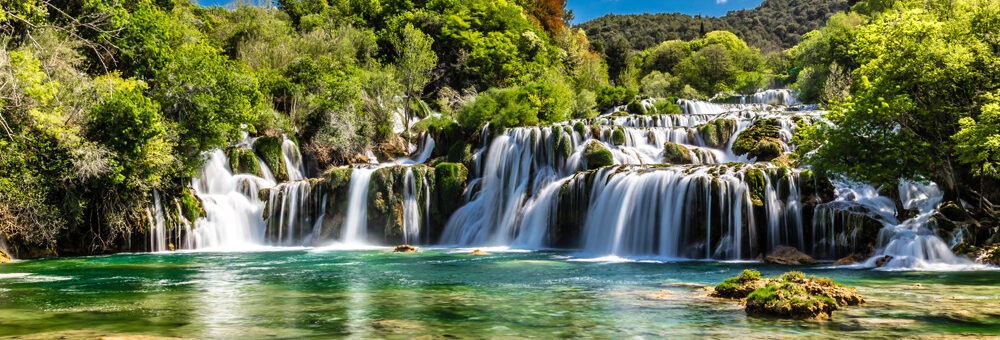
Beautiful Skradinski Buk Waterfall In Krka National Park – Dalmatia Croatia, Europe
Šibenik
A coastal city that has endured nearly a millennium of scorching temperatures, sustaining a few wars, being beaten by the waves and whipped by relentless winds, Šibenik remains as vibrant as ever.
Šibenik consists of stone buildings, stone stairways, rock cliffs, cobbled streets and stone arches. It is built on rocks and constructed with rocks. Šibenik is a city of sun, sea, and stone, a unique combination of characteristics that make this a city unlike any other in Croatia.
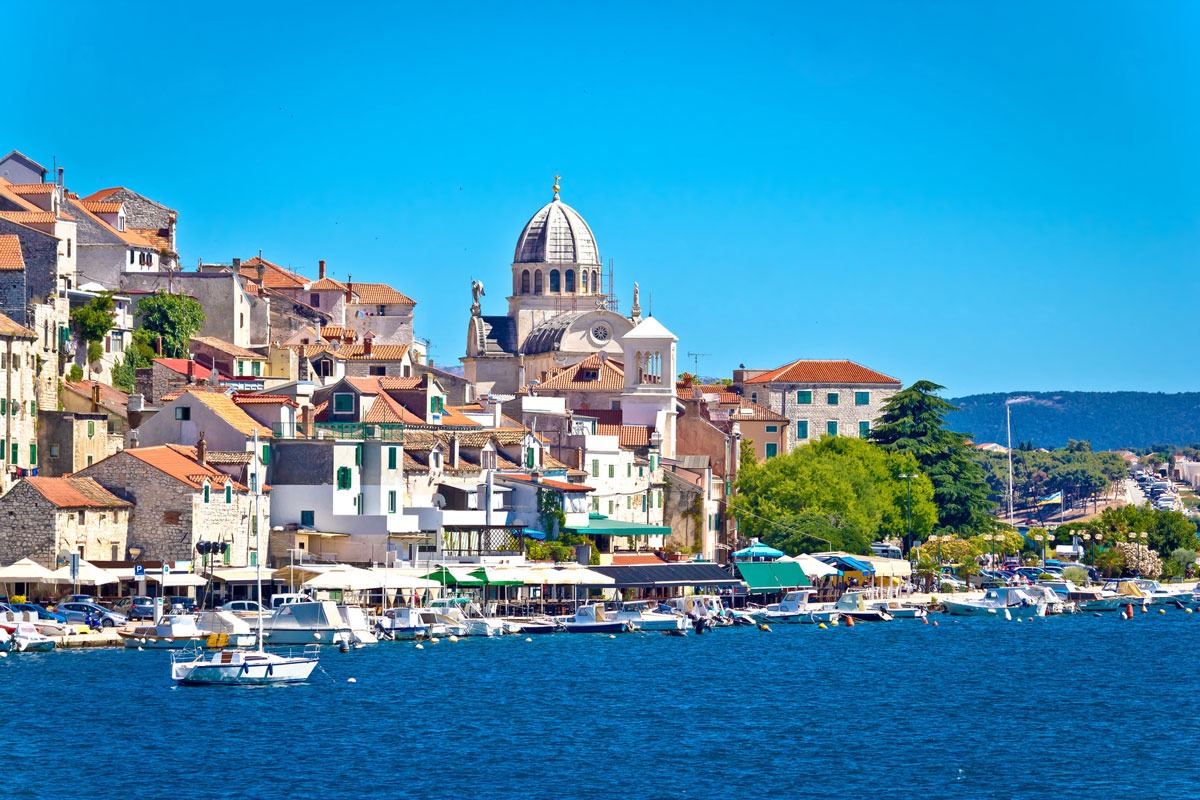
Šibenik
Trogir
Trogir is historic town and harbor on the Adriatic coast in Split-Dalmatia county. It is a UNESCO World Heritage Site famous for its Romanesque and Gothic Old Town center. Well-known for its cultural heritage and authentic architecture, the city of Trogir dates back to 3rd Century BC, while the name Tragos first appeared in 2ndcentury BC.

Trogir
Split
Split, a town on Croatia’s Dalmatian Coast, is the second-largest city of Croatia and the largest city of the region of Dalmatia. It lies on the eastern shore of the Adriatic Sea, centered on the Roman Palace of Emperor Diocletian. With enough history to warrant it’s own extended visit, many visitors use Split as a base to explore the surrounding Dalmatian Islands.

Split
Vis
The island of Vis was once a strategic naval Yugoslav base and closed to the public. Due to this isolation, Vis has a special charm – “the Mediterranean as it once was” – making it really interesting to visit. Situated on the northern side of the island, Vis has developed near the remains of the ancient Issa, first urban center in Croatia.
Bisevo
Biševo is famous for its inlets and caves, such as Modra Špilja (the Blue Cave) of the Balun Cove, accessible only by a boat.
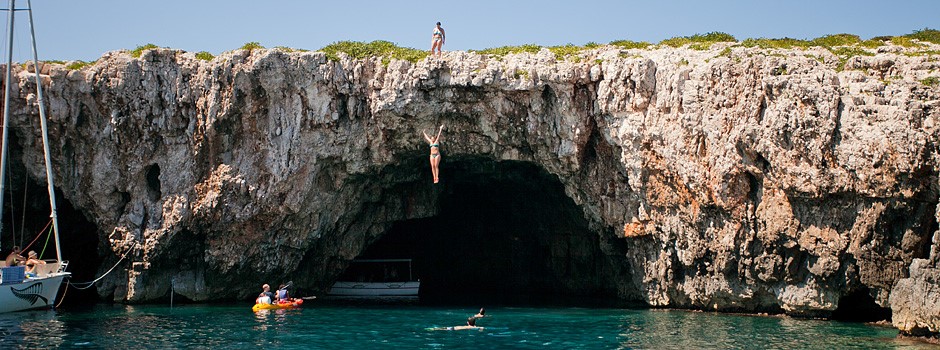
Bisevo
Hvar
Hvar is a city and port on the island of Hvar, part of Split-Dalmatia County, Croatia. The municipality has a population of 4,251 while the city itself is inhabited by 3,771 people, making it the largest settlement on the island of Hvar.
Brac island, Bol
Ston
Ston sits on the cape of land connecting the Pelješac Peninsula to the mainland. Known as a salt-producing town, Ston was an important military fort of the Ragusan Republic, and the defensive walls are world-famous. The 900 meter encircles the area for three miles – the second largest in the world after the Great Wall of China. Despite its military history, nowadays Ston is a small, laid-back fishing town, which boasts some dramatic views – think crumbling churches, olive groves, and a stunning coastline. Its former value as a “salt city” gets confirmed even today in the plants of the oldest active salt-works in the world. These saltworks have remained faithful to the tradition and to the natural way of salt production which has not changed since remote ages. Oysters and mussels from the Mali Ston bay are appreciated around the world.
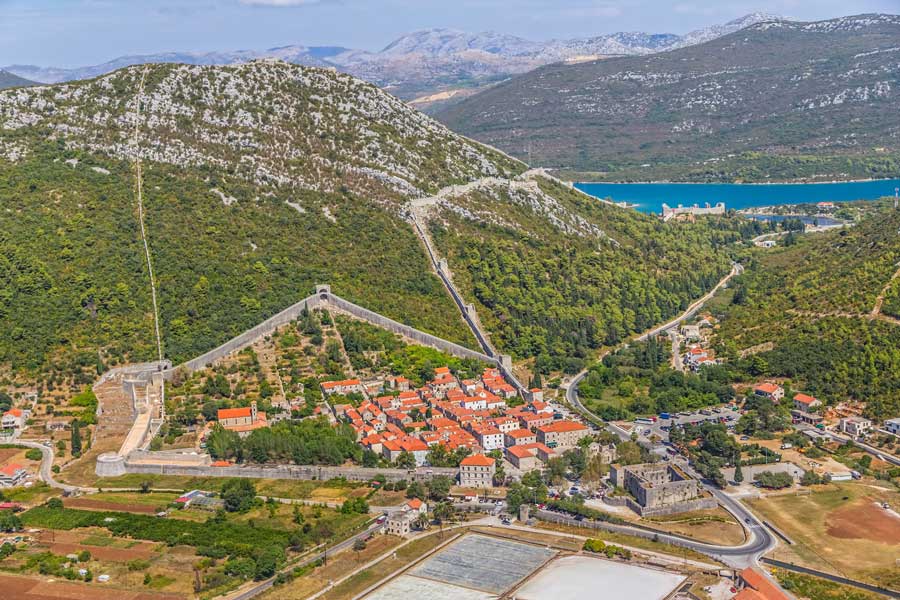
Ston
Dubrovnik
Walls are built to protect treasures, and, in Dubrovnik, this is particularly accurate, with 1,940 meters of stone surrounding one of the world’s most beautiful cities. As George Bernard Shaw stated: “If you want to see heaven on Earth, come to Dubrovnik”. “The Pearl of the Adriatic” has captivated and seduced kings and artists for centuries with its immaculate medieval architecture.
Montenegro
Just south of Croatia along the Adriatic coast is the small country of Montenegro which surly packs a punch for visitors. With a similarly stunning coastline, you will be shocked to see how much natural variety exits within such a short distance, and we love the accessibility due to everything being fairly close by. Additionally, the huge variety of attractions ready for you to experience makes this country a fulfilling visit on its own or a phenomenal addition to time spent in neighboring countries like Serbia, Albania, or Bosnia & Herzegovina.



 English
English French
French


